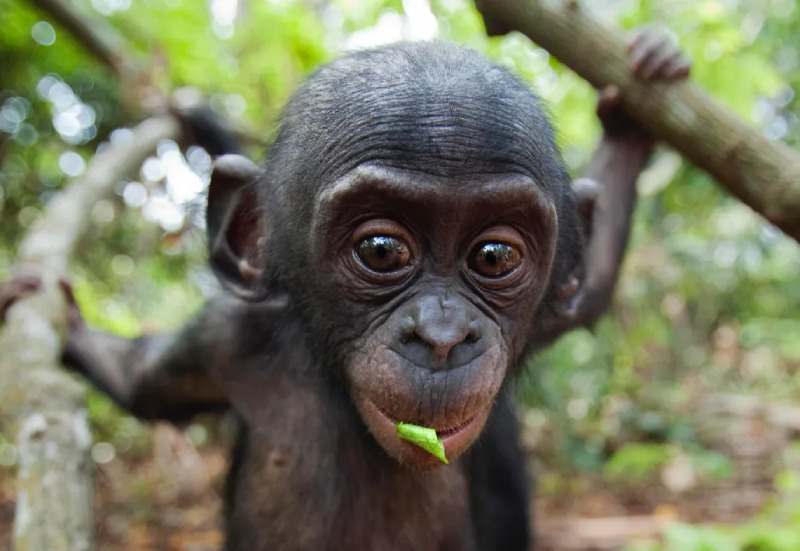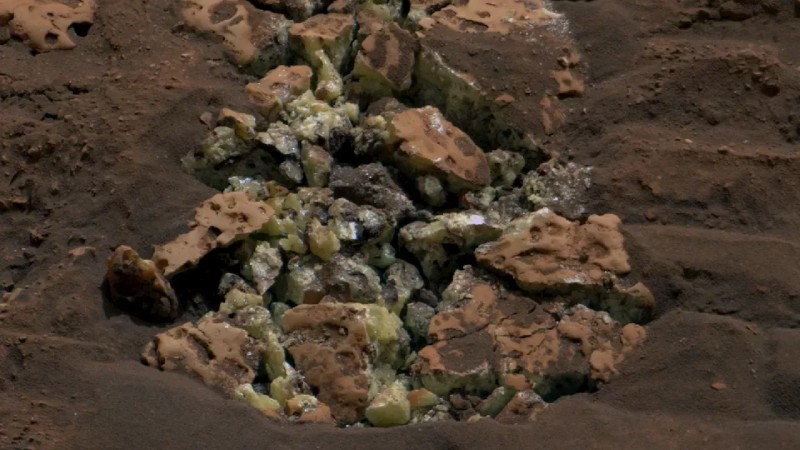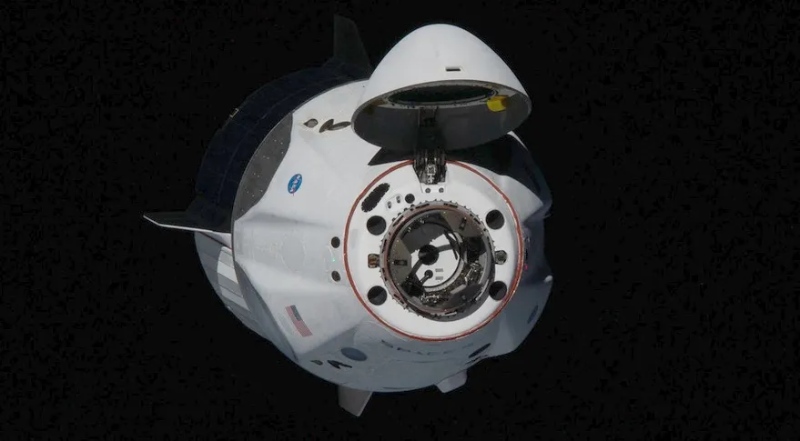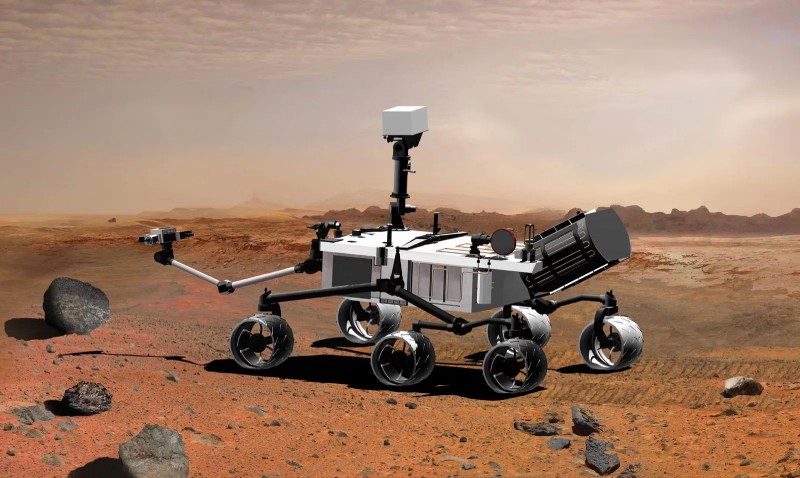The smallest known great ape, weighing only 10 kg, was at the height of its might eleven million years ago. Compared to other great apes known to exist, the tiny great ape is much smaller.
The species is an ancient hominid known as Buronius manfredschmidi. It is a member of the same ancestral family as chimpanzees, gorillas, and modern humans.
“This new genus is far smaller than any living or any fossil hominid,” The Guardian quoted University of Tübingen palaeontologist Professor Madelaine Böhme as stating.
“That makes it quite unusual.”
Great ape human toddler size: How did they look?
The much larger hominid known as Danuvius guggenmosi coexisted with the recently found species, according to research.
The larger ape’s fossil bones were previously dated to the same time at the same fossil site in the Bavaria region of Germany. One kneecap and the inconsistent remains of two teeth are present in the new small ape. The tiniest apes appear to have been skilled climbers based on their size and form. Its teeth’s minimal wear and thin enamel indicate that it only consumed soft fruits and plants. It may have lived high in the canopy due to its modest size.
The results have been released in the Plos One journal.
Together with the bigger Danuvius:
In contrast, Danuvius was considerably taller and more robust. They are said to consume both plants and meat.
Like current gibbons and orangutans in Borneo and Sumatra, the two species most likely shared a habitat without fighting for resources because of their different lifestyles.
What’s the meaning behind it?
The finding might contribute to our understanding of the diversity of hominids living in the late Miocene (between 23.03 and 5.333 million years ago) period.
“It’s hard to say why there are no small hominids living today,” Böhme stated. “In evolutionary lineages you normally start small and get bigger, and [once you’re bigger] you don’t normally go back.”
Topics #Animal #Ape #German #German scientists #great ape #New Species #news











